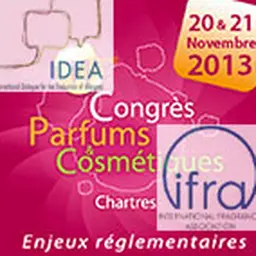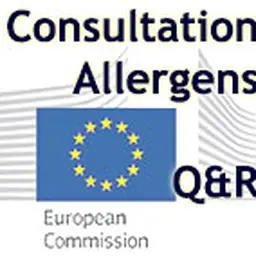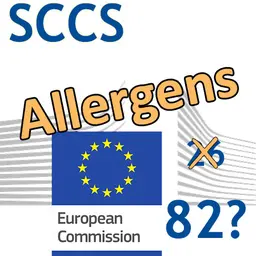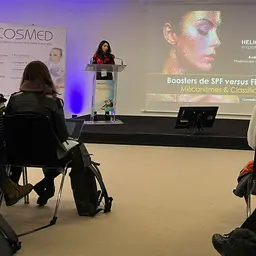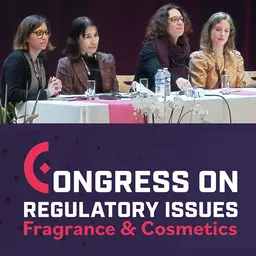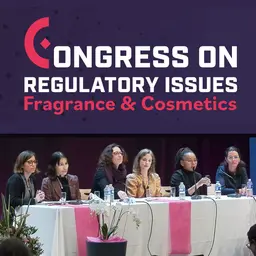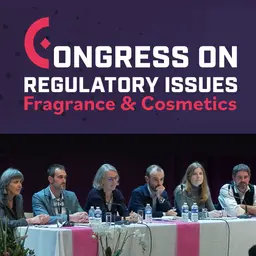
In late 2012, the SCCS’s final Opinion recommending a strict revision of fragrance allergen regulations sent ripples of concern throughout the entire cosmetics industry. On 11 September 2014, in a conference given at the Beyond Beauty trade show, FEBEA Director of Scientific and Regulatory Affairs Anne Dux presented the arguments and the industry’s responses.
The SCCS Opinion on fragrance allergens published in late December 2012 is based on two principles of risk management:
• Primary prevention, which involves avoiding induction by defining concentrations for use
• Secondary prevention, which involves informing allergic consumers through labelling
Measures and consequences
Having evaluating the fragrances present in cosmetic products, the experts recommend:
• Prohibiting Lyral® (INCI: Hydroxyisohexyl 3-Cyclohexene Carboxaldehyde), with a deadline of two years to market compliant products and five years to remove noncompliant products from the market
• Prohibiting atranol and chloroatranol (present in tree moss, Evernia furfuracea, and oak moss, Evernia prunastri), with a deadline of two years to market compliant products and the same timeframe to remove noncompliant products from the market
• Reducing the authorised concentration to 100 ppm (0.01%) for 11 fragrance allergens
• Broadening the scope of information available to consumers for approximately 90 allergens, when they are present at concentrations greater than 0.01% in rinse-off products and 0.001% in leave-on products, with a transition period of two years to reach compliance.
For Anne Dux, these are “measures that don’t make any sense,” for several reasons.
• To define the authorised concentrations, the SCCS used the elicitation (or revelation) thresholds …




